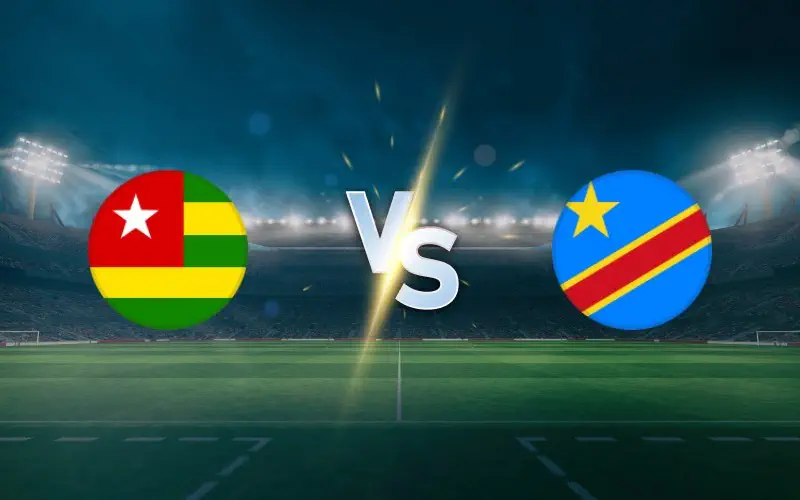Introduction
The nations of Togo and the Democratic Republic of Congo (DR Congo) represent two distinct identities within the African continent. With differing histories, cultures, political landscapes, and economies, understanding the dynamics of these countries is essential for interpreting regional affairs as well as for fostering partnerships in trade and community development.
Geographical Overview
Togo is a small West African nation bordered by Ghana, Benin, and Burkina Faso, extending approximately 56,785 square kilometers. In contrast, the DR Congo is one of Africa’s largest countries, covering around 2.34 million square kilometers, with borders touching nine other countries. Its vast landscape includes rainforests, river systems such as the Congo River, and a diverse array of ecosystems.
Political Landscape
Togo operates as a presidential republic, with President Faure Gnassingbé in power since 2005. The government has faced criticism for political repression, although recent reforms suggest a move toward more democratic governance.
On the other hand, the DR Congo has a more complex political environment characterized by its turbulent history. President Félix Tshisekedi, in office since January 2019, has made strides toward stabilizing the country after decades of conflict, yet issues around governance and human rights persist.
Economic Comparison
The economies of Togo and DR Congo differ significantly. Togo, with a GDP of $7.83 billion as of 2021, relies heavily on agriculture, which constitutes about 40% of its GDP, with cashews, cocoa, and coffee as primary exports. The country is also a pivotal player in West African trade due to its strategic port in Lomé.
Conversely, the DR Congo’s economy is rich in minerals, especially copper and cobalt, and is endowed with substantial natural resources. The GDP in 2021 was approximately $50.37 billion. However, the wealth generated has often not translated into improved living standards due to corruption and a lack of infrastructure.
Cultural Differences
Culturally, Togo is home to various ethnic groups, primarily the Ewe and Kabyé, and its official language is French. The country is renowned for its rich traditions in crafts, music, and dance. Meanwhile, DR Congo boasts a multitude of ethnicities and linguistic diversity, with over 200 languages spoken. The nation’s cultural heritage is vibrant, with genres of music like rumba and soukous gaining international acclaim.
Conclusion
In summary, Togo and the Democratic Republic of Congo serve as interesting case studies of African nations, reflecting both the challenges and opportunities faced by the continent. Understanding their differences not only enhances regional awareness but also aids in developing policies aiming at constructive partnerships. As both nations continue to evolve politically and economically, their progress will attract interest from international observers and investors, ultimately impacting the socio-economic landscape of the region.
